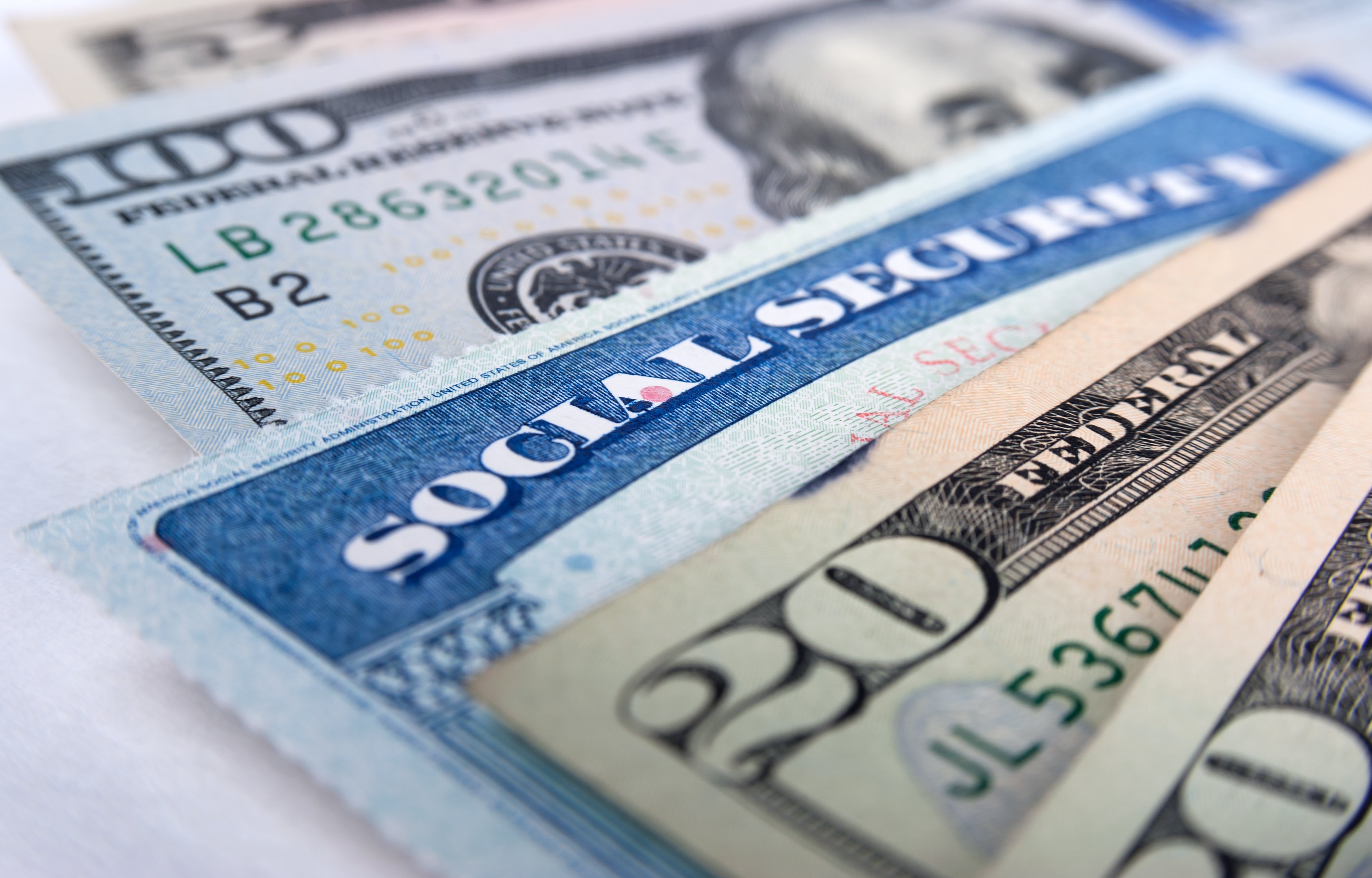Interest rates have been near historic lows for many years now, and it seems that the tide is finally starting to turn, with rates inching up. That has some people quite concerned, especially if they were aiming to buy a home in the near future. But rising interest rates are not all bad.
Interest rate history
Many people assume when the Federal Reserve sets interest rates, it's also making direct changes to related items such as mortgage interest rates. That's not quite true, though. Mortgage rates and many other rates are often tied to or at least influenced by the Fed's actions, but the Fed doesn't set them. Indeed, on occasion, they've moved in the opposite direction of Fed actions.

Image source: Getty Images.
The Fed does set a target range for the Fed Funds Rate, though, and following the credit crisis of 2008 and 2009, that range was repeatedly cut, hitting a low of between 0% and 0.25% in December of 2008. It stayed there for seven years, until the target range was raised to between 0.25% and 0.5% in late 2015 and to between 0.5% and 0.75% in late 2016. There were three increases in 2017, bringing the range to between 1.25% and 1.5%. (The Fed's next meeting and decision is expected on January 31, 2018.)
The current range is still very low, historically speaking. During the 1990s, for example, the rate bounced around between about 3% and 8%, and in the early 1980s, it hit 20% several times.
The power of interest rates
Don't let interest rates be an abstract concept to you, because they have very meaningful impacts on your financial life. Mortgage rates, for example, do generally move in the direction that the Fed Funds rates move, and when they're quite high or low, it can make a big difference to your wallet and budget. Consider the highest mortgage interest rate, which was a whopping 18.45% in late 1981 for a 30-year fixed-rate loan. The lowest mortgage interest rates materialized in late 2012, when average interest rates for a 30-year fixed-rate mortgage hit 3.31%, while rates for 15-year loans sank below 3%. More recently, 30-year fixed loans averaged 4.2%.
To appreciate what a difference your home loan's interest rate makes, check out the table below for monthly payments on a $200,000 30-year fixed-rate loan for a $250,000 home:
|
Interest Rate |
Monthly Payment |
|---|---|
|
3.31% |
$877 |
|
4.2% |
$978 |
|
6% |
$1,199 |
|
8% |
$1,468 |
|
12% |
$2,057 |
|
16% |
$2,690 |
|
18.45% |
$3,088 |
Data source: Bankrate.com mortgage calculator.
The table above shows how undesirable super-high interest rates can be, at least for home buyers. (It also shows that current rates are still quite good.) Let's look at a bunch of ways rising interest rates can be good news.
1. Faster-growing savings
Just as high interest rates can doom your hopes of affordable mortgage payments, they can do positive wonders for your savings. One of the highest interest rates for savers buying 6-month certificates of deposit (CDs) was about 18% -- in August of 1981. That wasn't a total fluke, either, as double-digit rates (often in the mid to high teens) were on offer for most of 1979 to 1982. Compare that to today, with the best 6-month CD rates recently near 1.5%.
Here's what a difference interest rates can mean for your saving. The table below shows how your money would grow at various interest rates if you socked away $5,000 per year for 10 years:
|
At This Interest Rate |
You End Up With |
|---|---|
|
1.5% |
$54,316 |
|
3.5% |
$60,710 |
|
6.5% |
$71,858 |
|
9.5% |
$85,193 |
|
12.5% |
$101,129 |
|
15.5% |
$120,155 |
|
18.5% |
$142,837 |
Data source: Author calculations.
Of course, if you're lucky enough to get an 18.5% savings account rate, it's not likely to last for a decade. But the table still shows how powerful high rates can be. And if you're lucky, your interest rates over a long period might average much more than 1.5%.
2. More income
Rising interest rates are great for people who are saving more than they're borrowing. Older Americans, who are not buying as many homes as younger people and who are not taking out many student loans, are particularly poised to benefit.
Older Americans are also most likely to be looking for income from their investments, and higher rates will deliver more interest income from bonds, CDs, and even savings accounts. (Note, of course, that rates on newly issued bonds will be higher, benefiting bond buyers. Those who bought bonds earlier at lower rates will likely just keep getting that lower rate of interest, unless the bonds have an adjusting feature.)
Even annuity buyers will benefit, as the income offered by annuities is very tied to prevailing interest rates. If 70-year-old male annuity buyers are offered monthly income of $625 today, they may be offered $725 or more when buying annuities in future years, if rates keep rising.

Image source: Getty Images.
3. Inflation growth restraint
A third upside of rising interest rates is that they can keep the economy from growing too quickly. After all, companies will not be able to borrow money as inexpensively in order to grow, and consumers will be more inclined to save instead of spend than they had been before. A slower growing economy can keep inflation in check, because inflation tends to be higher when interest rates are rising.
Indeed, that's very much what the Fed is aiming to do by moving the Fed Funds Rate -- keeping the economy growing while avoiding excessive inflation. (Historically, inflation has averaged about 3% annually, though in some years it can be far higher or lower.)
Far-reaching effects
There are other effects or possible effects of rising interest rates. For one thing, they are likely to get many people who were planning to buy a home to stop putting it off and take action before rates get much higher. It's the same for those who planned to take out a home equity loan for a major remodeling or other project. These actions, in turn, can lead to more home building, more construction and renovation work, more furniture and paint being sold, and so on. It can spur the economy in its own way.
Also, if there's more buying of homes, that could push prices of homes up, which could help those who want to sell their homes. Higher rates could even lead to a stronger dollar, which will benefit American travelers abroad.
There are upsides and downsides to rising and falling interest rates. The bottom line for you will likely depend on what your near-term financial goals are and whether you're a net borrower or net saver.





